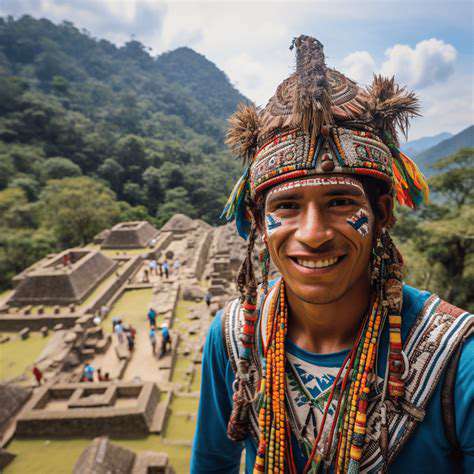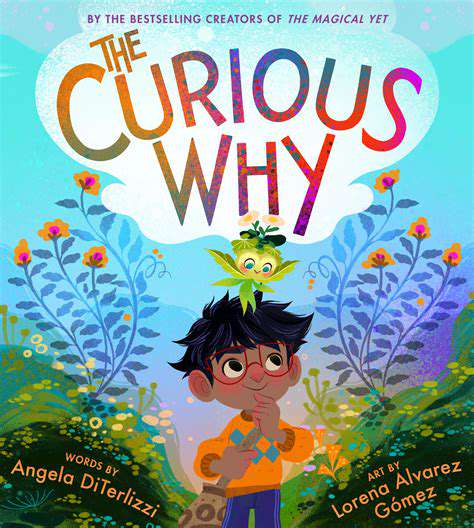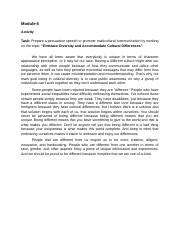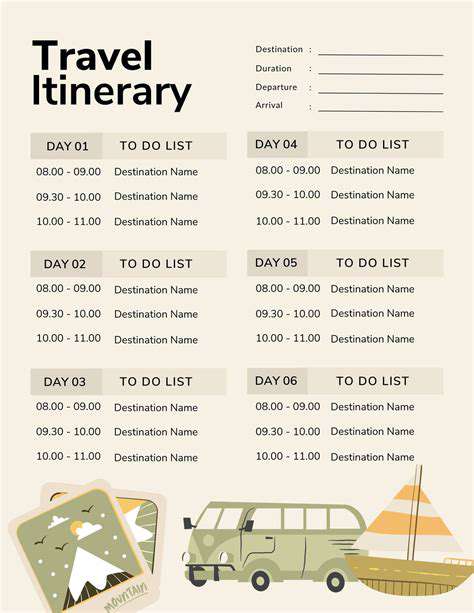The Ultimate Packing List for Any Trip [Printable]
Clothing and Accessories
Packing light is an art form. Choose a color scheme where everything mixes and matches - neutral bottoms with colorful tops work well. That just in case fancy outfit? Unless you have confirmed plans requiring it, leave it behind. Focus on versatile pieces: a scarf that doubles as a blanket, pants that convert to shorts, shoes that dress up or down.
Weather can be unpredictable. Even in warm climates, pack one lightweight layer for chilly evenings or over-airconditioned spaces. Quick-dry fabrics are ideal - they wash easily and don't hold odors. Roll clothes instead of folding to save space and reduce wrinkles.
First Aid and Safety
A basic first aid kit takes little space but provides big peace of mind. Beyond bandages and pain relievers, include remedies for travel-specific issues: motion sickness tablets, antidiarrheal medication, and electrolyte packets. If you have allergies, carry your epinephrine auto-injector and a translated note explaining your condition.
Research local emergency numbers before you go - they're often different than what you're used to. Share your itinerary with someone back home and check in periodically. A whistle and small flashlight can be lifesavers in unexpected situations.

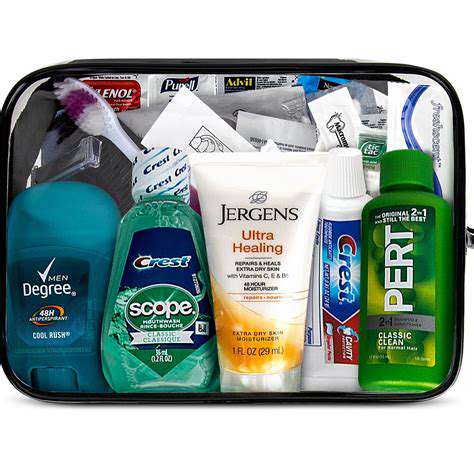
Your sleep environment dramatically impacts travel recovery. I've discovered that gradually reducing light exposure before bed helps signal my body it's time to rest, particularly when using amber-toned bulbs. Many frequent travelers swear by portable white noise apps to drown out unfamiliar hotel sounds. The ideal sleep temperature range of 60-67°F (15-19°C) holds true across most climates and cultures. Keeping my temporary sleeping space clutter-free and work-free makes a noticeable difference in how quickly I fall asleep in new environments.
Electronics and Documents
Electronics Essentials
Today's travelers juggle multiple devices, but smart packing makes it manageable. Your smartphone likely handles most needs - maps, translations, boarding passes. Invest in a high-capacity portable charger that can fully recharge your phone 2-3 times. For longer trips, consider a solar-powered option. E-readers beat physical books for space savings, and many now offer waterproof models perfect for poolside reading.
Unless you're a professional photographer, your phone camera probably suffices. If you do bring dedicated gear, choose one versatile lens rather than your entire collection. Many travelers find tablets more practical than laptops - they handle email, light work, and entertainment in one slim package.
Document Organization
An organized traveler is a relaxed traveler. Use a document organizer with clear sleeves to group items by category: passports together, flight info together, accommodation details together. Keep digital copies accessible offline - screenshot important confirmations in case you lose internet access. I keep a scanned copy of my passport as my phone lock screen for easy identification without digging through bags.
For complex itineraries, create a master document with all reservations, confirmation numbers, and contact information. Print one copy and save another to your phone. Color-code by type (blue for flights, green for hotels) for quick visual reference.
Travel-Specific Documents
Beyond the basics, consider what makes your trip unique. If you have travel insurance, know exactly what it covers and how to make claims. For medical conditions, carry a doctor's note explaining your needs in the local language. Dietary restrictions? Have them written out to show restaurants. Car rental confirmations should include any special requests like child seats or GPS.
Some countries require proof of onward travel or sufficient funds - research these requirements early. If traveling with minors without both parents, you may need notarized permission letters. These details matter more than you might think until you're stopped at immigration.
Important Considerations
Security starts with smart packing. Use RFID-blocking sleeves for cards and passports in high-theft areas. Never pack essential documents in checked luggage - keep them on your person or in your carry-on. For electronics, use padded cases within your bag rather than checking them separately. A brightly colored luggage tag makes your bag easily identifiable while deterring casual theft.
Before each departure, do a passport pat-down - consciously check for your essential documents in their designated spots. This simple habit prevents countless panic attacks at security checkpoints.




![Top 10 Adventure Destinations in the World [2025]](/static/images/27/2025-05/ConqueringtheHimalayas3AMountaineeringandTrekkinginNepal.jpg)
